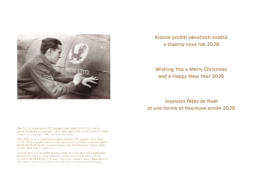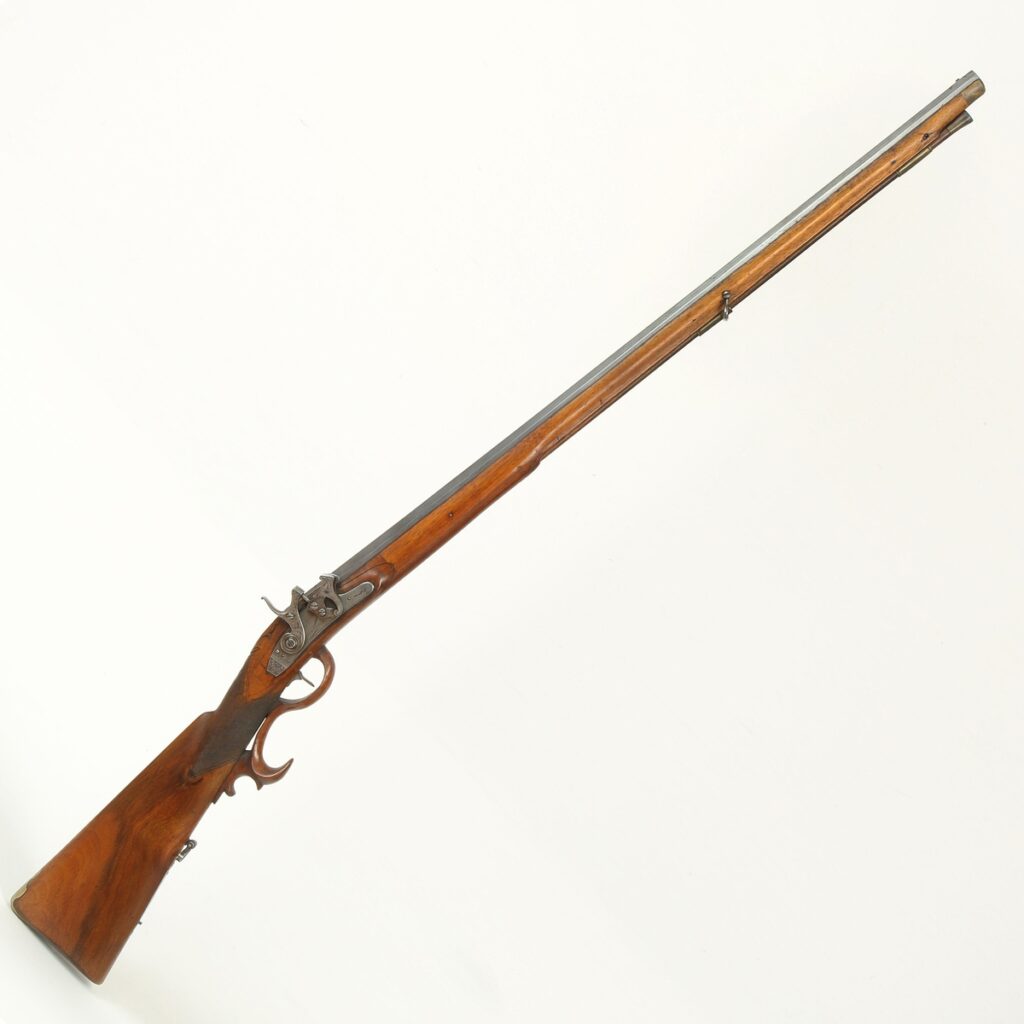
02 Chemical Lock Gun, V. Dietrich, Bratislava (Slovakia), c. 1820
Fotogalerie
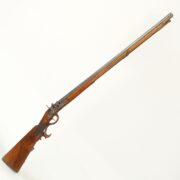
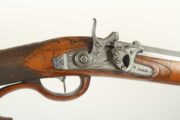

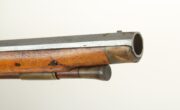

By the end of the 18th century, hunting firearms began to use explosive substances that ignited on impact. Attempts to replace gunpowder in the barrel, the burning of which set the projectile in motion, failed but it turned out that the gunpowder could replace the powder in the pan used to ignite the gunpowder in the barrel.
Scottish clergyman Alexander John Forsyth (1768–1843) experimented with explosives beginning in 1793. He constructed the first lock with an explosive container in 1805 and two years later obtained a British patent for his design, in which the explosive was contained in a revolving cylinder. This was followed by other variations of chemical locks, as the designs preceding the percussion system are called.
In this hunting rifle, the magazine with the explosive component is placed on the lock plate and connected to the cock by a pull. When the cock is cocked, some of the explosive is transferred from the magazine into a small recess (pan), which the cock strikes when the trigger is pulled. The container has a hinged filler cap at the top. The gun is labelled “DIETRICH” on the lock plate as the manufacturer was probably Bratislava-based gunsmith Wilhelm Dietrich, active between 1819 and 1844.
Overall length 1,170 mm, barrel length 787 mm, 16.5 mm calibre.
Aktuálně

Pojízdné zařízení pro očistu bojové techniky TZ-74 GABRIEL
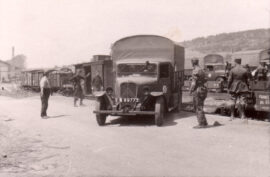
Oceňovaní spojenci - Pozemní útvary československé branné moci v bitvě o Francii očima francouzského velení

Vánoce a přelom roku v zahraniční misi na Slovensku v roce 2022


